When we share photos of dogs we have for adoption, invariably we get the question: “What breed?” We usually answer with a shrug and a best guess. Like all shelters, most of our canine residents are mixed breeds who came to us as strays, surrenders, or transfers from other shelters.
Multiple studies have shown that even professionals get it wrong when guessing dog breeds based on appearance. In one study, sixteen experienced shelter workers (including four veterinarians) were asked to visually identify the breeds of 120 dogs. These assessments were then compared against DNA profiles for each dog. They were wrong a lot of the time. Other studies have shown that dog breeders and veterinarians are wrong about 75% of the time. Genetic Staffordshire terriers (commonly called pit bulls) were only correctly identified by the shelter staff about half of the time. For dogs with stocky bodies and blocky heads, calling them “pitties” can seriously harm their chances of being adopted.
Honestly, we are no more accurate than the study participants. A recent resident was a beautiful copper and white dog named Buddy (pictured). He was sleek, had a long slender nose, and an expressive face. We guessed he might be part bird dog or even greyhound, and one of our volunteers pointed out that he looked like an Ibizan hound. His new family had DNA tests done, and we were so wrong! He was 50% “bully breeds” (Staffordshire terrier, pit bull, Rottweiler, and mastiff), and the rest was a mix of herding breeds and lab. He even had a bit of Chihuahua!
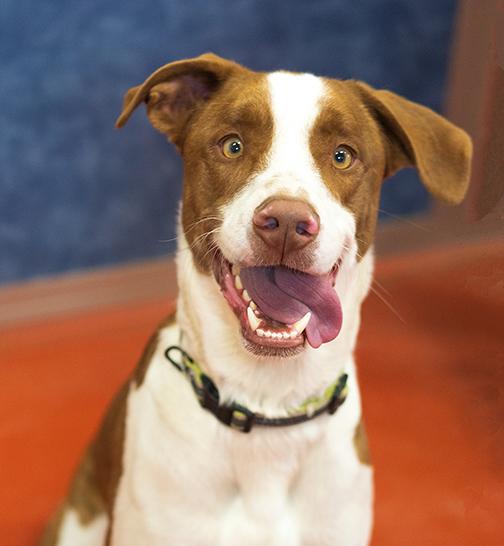
You may wonder- if DNA testing is more accurate than staff assessment, why not implement DNA testing at every shelter?
Doggie DNA testing is not entirely accurate. Being a relatively new option, most DNA testing companies have incomplete breed databases. This means the predominant breed may not be in their profiles.
The accuracy also depends on the quality of the sample. Most take-home DNA tests require a cheek swab sample. If you’ve ever tried to give your dog a pill, you know how difficult it can be to get something into the mouth of a squirming pup. Now multiply this by the number of dogs that arrive at shelters each year and you can see how it may not be possible.
The cost of tests may be the biggest hurdle to shelters ordering DNA tests. DNA testing is just not in our budget. Our priority is veterinary care, behavior training, and getting dogs adopted.
The lack of accuracy is leading some shelters to move away from assigning breed labels to dogs whose parentage is a bit of a mystery. The shelters may say that a given dog looks like a collie, or a lab, but will not attach definitive labels.
A dog’s genetic makeup is not a magic way to predict who they are. Although we understand that a family who had a wonderful collie mix may look for a similar breed type for their next family member, it’s not always so easy. The secret to learning about a dog’s personality is actually very simple: throw them a ball, take them for a walk, or just snuggle up on the couch with them. See how they interact with you and your family. The actual DNA of who they are will be much less important than the tail wags and love they provide.

Dolly came to us from the Ute Reservation a couple of months ago. Her DNA is a mystery, although we suspect she might be part clown. She’s got tons of personality and loves all people. Other dogs? She can be picky about her canine friends. Please consider adding this silly girl to your family.
Second Chance Humane Society’s Animal Resource Center and Thrift Shops have served San Miguel, Ouray & Montrose Counties since 1994. Adoption hours are Wednesday through Sunday from 11 am to 5:30 pm. Our Community Veterinary Services are available by appointment. View our shelter pets and services online: www.secondchancehumane.org

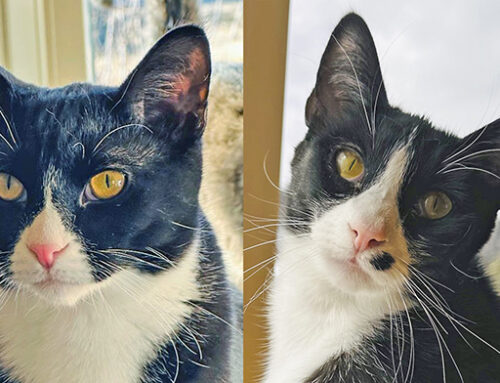
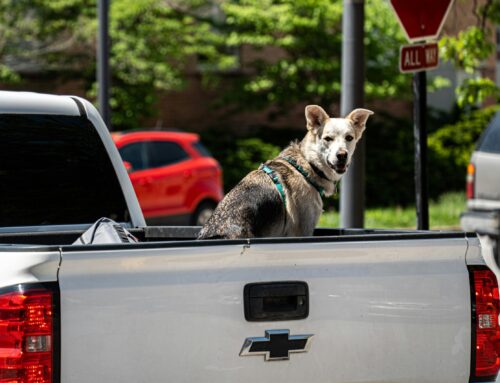
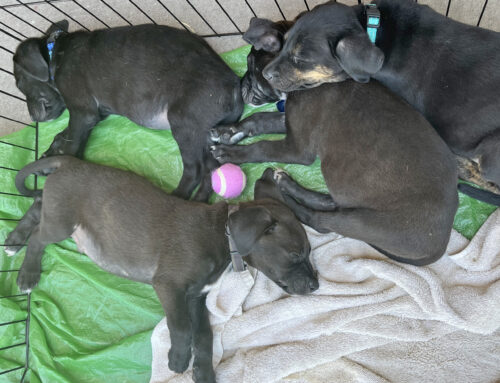

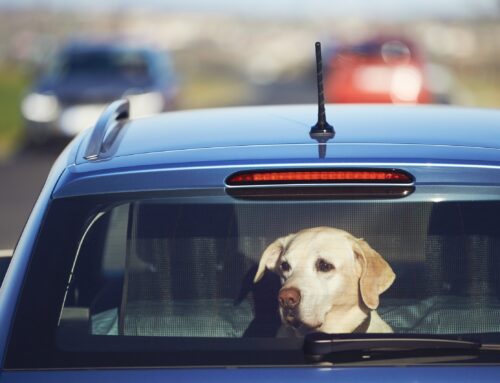

Leave A Comment